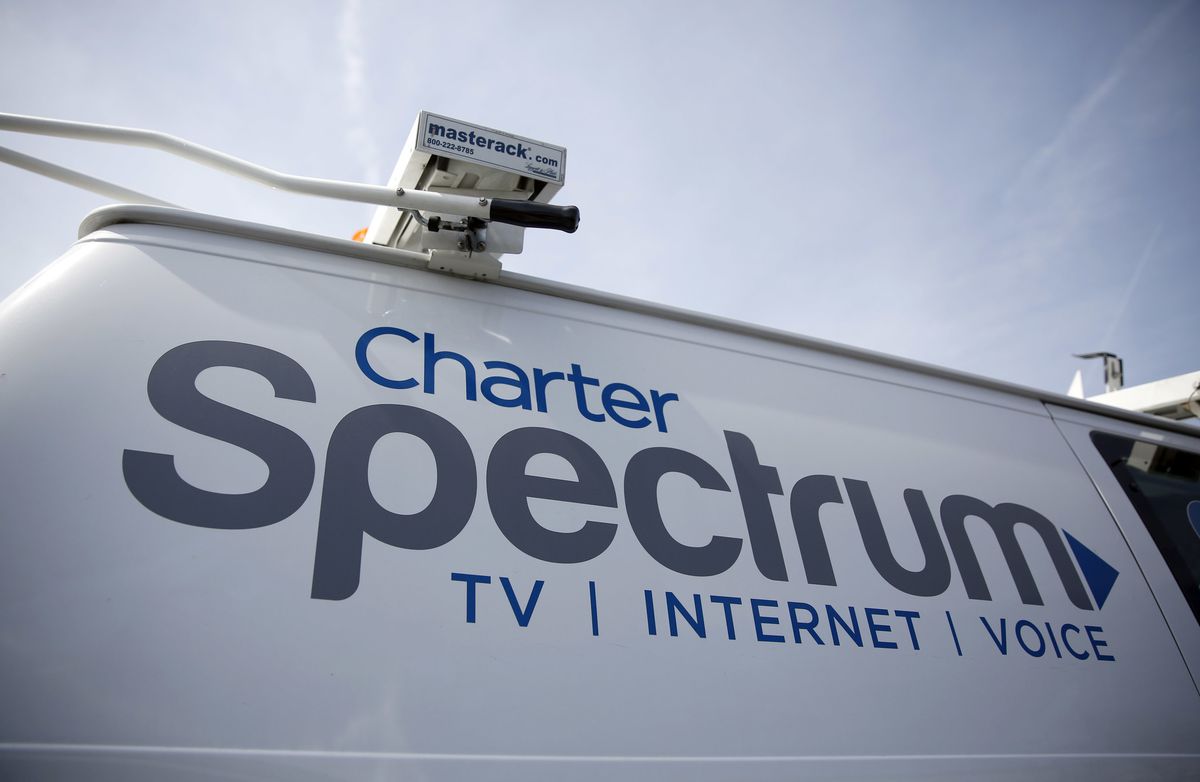Charter Broadband Subcriber Growth Goes Negative
Second largest cable company sheds 21,000 high-speed data customers in Q2

A day after the largest cable company in the U.S. reported flat broadband subscriber growth in Q2, the second largest -- Charter Communications -- crossed into the red for the first time, shedding 21,000 high-speed data customers in the period, driven mainly by lower income homes that did not transition to new federal subsidies.
Charter lost 42,000 residential broadband subscribers and gained 21,000 business customers in the period. The company had warned earlier in the quarter that between 60,000 and 70,000 lower income customers that participated in the federal Emergency Broadband Benefit (EBB) program may fall off the rolls because they did not make the transition to the new American Connectivity Program, but hoped that it would still be able to show positive growth. That number worked out to be slightly less than expected -- about 59,000 customers -- but still pushed the company to a loss.
Excluding the EBB losses, Charter said it would have added 38,000 broadband customers in the period.
The EBB was launched last May, a $3.2 billion program established by Congress as part of a larger COVID-19 aid package. The EBB offered eligible households a subsidy of up to $50 per month ($75 per month on tribal lands) for broadband service and a one-time award of up to $100 for a computer or tablet.
The ACP was launched in January, part of the Biden administration’s infrastructure package, offering a subsidy of up to $30 per month ($75 on tribal lands) for broadband service and $100 toward purchase of a laptop, desktop or tablet computer.
Charter’s loss comes a day after Comcast said its broadband customer growth was flat in the second quarter.
Multichannel Newsletter
The smarter way to stay on top of the multichannel video marketplace. Sign up below.
Despite the loss, Charter reported strong financial metrics in the period. Revenue was up 6.2% to $13.6 billion, cash flow rose 9.7% to $5.5 billion and net income soared 44.2% to $1.5 billion in Q2.
Also: Cable’s Broadband Slowdown: Saturation or Share Loss?
Charter also added 344,000 mobile customers in the period, ending the quarter with 4.3 million wireless subscribers.
"Our growth has always been driven by offering value-rich packages at prices customers can afford," Charter chairman and CEO Tom Rutledge said in a press release. "Looking forward, we remain well-positioned to grow our business using that same strategy. Our fixed and mobile broadband services continue to converge, and we offer a unique connectivity package while meaningfully reducing customer bills. So there is a large opportunity for us to save customers money, which in turn raises connects, reduces churn and drives overall customer relationship growth."
While investors are expected to concentrate on the broadband losses, which have plagued the cable sector for months. Charter stock already dipped 8.5% on July 28, after Comcast broke the ice with its Q2 performance, so most investors already anticipated the losses at Charter. In pre-market trading July 29, Charter shares were actually up 0.43%, according to Yahoo Finance. Shares were down about 2% in early trading on July 29.
“Following Comcast's results yesterday (7/28), we don't think Charter's lower Q2 net adds will be a surprise to investors,” Wells Fargo Securities media analyst Steven Cahall wrote in a note to clients. ■
Mike Farrell is senior content producer, finance for Multichannel News/B+C, covering finance, operations and M&A at cable operators and networks across the industry. He joined Multichannel News in September 1998 and has written about major deals and top players in the business ever since. He also writes the On The Money blog, offering deeper dives into a wide variety of topics including, retransmission consent, regional sports networks,and streaming video. In 2015 he won the Jesse H. Neal Award for Best Profile, an in-depth look at the Syfy Network’s Sharknado franchise and its impact on the industry.

